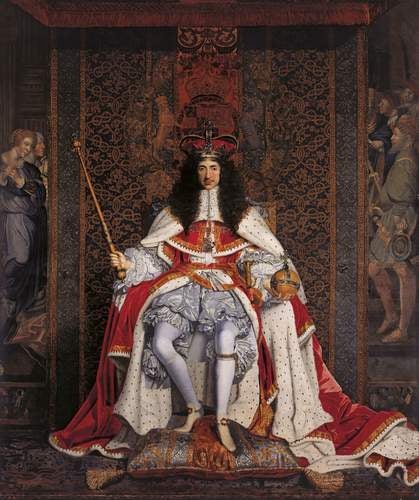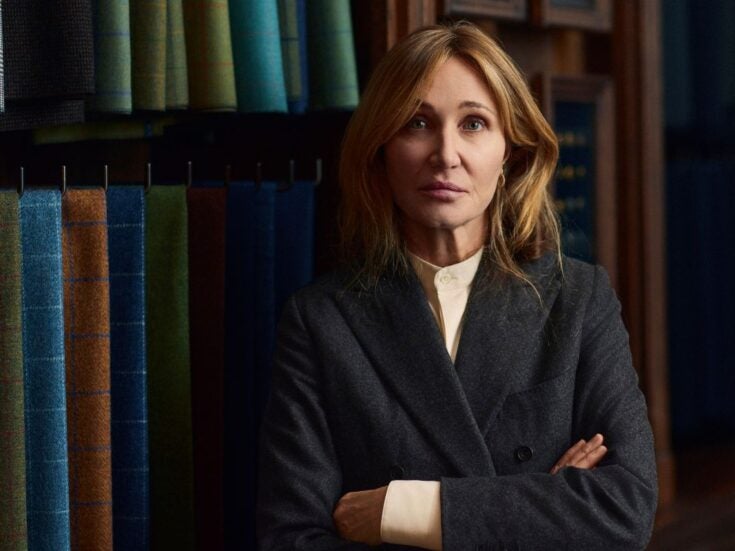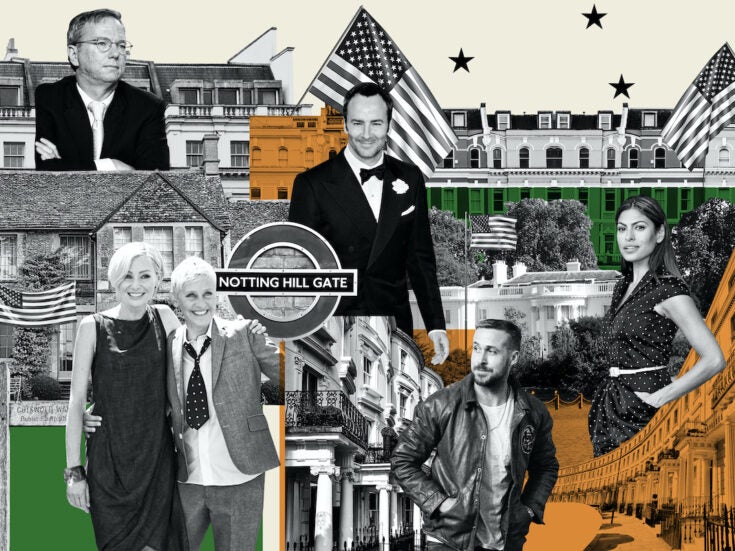
This magnificent display of art and artefacts at The Queen’s Gallery lifts the lid on an age of royal wealth and power in the Restoration, writes Sarah Bonfield
When you enter the first room dedicated to Charles II: Art & Power at the Queen’s Gallery, you meet a large portrait of the wrong king: it’s not Charles II but rather his father, Charles I. Fittingly, he has a miserable, exhausted expression, painted with sympathy by artist Edward Bower during the king’s trial in January 1649 at the palace of Westminster. History students will remember that it didn’t work out well for Charles, who was executed on January 30 that year.
Bower’s composition uses dark colours to emphasise the fallen monarch’s pale skin, making him look sickly and vulnerable, which you can only imagine reflected his inner turmoil at his imminent death sentence. Charles I was known to be a tyrant during his rule and yet the portrait is far from intimidating. The painting succeedsin setting the scene for the Restoration and the sovereign who was to follow.

Entering the next room, you get a pretty strong sense of just that: the space is dominated by a magnificent silver gilt alms dish created by goldsmith Henry Greenway for the coronation of Charles II at Westminster Abbey in 1661; nearly a metre-wide, the dazzling altar piece is one of the standout pieces of the exhibition, and depicts various Biblical scenes including the Last Supper. Its sheer, exuberance of scale, if nothing else, is an undoubted statement of intent from Charles II, who commissioned it.
The Coronation of King Charles the II in Westminster Abbey the 23 of April 1661 by the Czech artist Wenceslaus Hollar brings us face to face – twice, no less — with the man himself: once during the crowning ceremony and then afterwards adorned with thecrown in the abbey. Suspended around the pews are detailed tapestries, something Charles II appreciated. His royal apartments at Whitehall Palace were known to be filled with various decorative arts inspired by French fashions.

The exhibition also explores Charles’ love of women, with portraits of his royal mistresses giving a pretty strong sense of his ideal woman. Depicted by various artists, but notably Sir Peter Lely, the women have loose clothing, flowing hair and alluring eyes that Charles obviously couldn’t resist. Known to turn his lovers into countesses and his illegitimate sons into dukes, Charles acknowledged 12 illegitimate children but the true number is unknowable. The artistic flavour of the king’s many mistresses offers another dimension to the power of the exhibition’s title.
The crowning glory of the exhibition is the man himself: in John Michael’s 1676 stately portrait of Charles II wearing the crown of state and dressed in the robes of the garter (and much else). This Stuart king dominates the frame – one that stands nearly three metres tall — and is thriving. His long, black curly hair, black moustache, prominent nose and pouting lips don’t just suggest the ethnic routes of his Danish and Italian grandmothers. If his facial expression is fairly neutral — the familiar hauteur is absent — then his regal authority is implicit in the composition, scale and strong visual references to earlier works depicting Charles’s dynastic forebears, notably Henry VIII and Elizabeth I. Sitting high on his throne, looking down upon the onlooker, this painting leaves its mark on your memory, which is presumably as intended.
With more than 220 works on display, the exhibition does what it says on the tin: it explores how art demonstrates and communicates power. Charles II was celebrated as the Merrie Monarch who relished and revelled in his sovereign position – and the assembly of lavish, colourful, confident paintings and artefacts prove it.
Sarah Bonfield is editorial manager of Spear’s.
Charles II: Art & Power at The Queen’s Gallery, Buckingham Palace, London, SW1A, runs until 13 May







